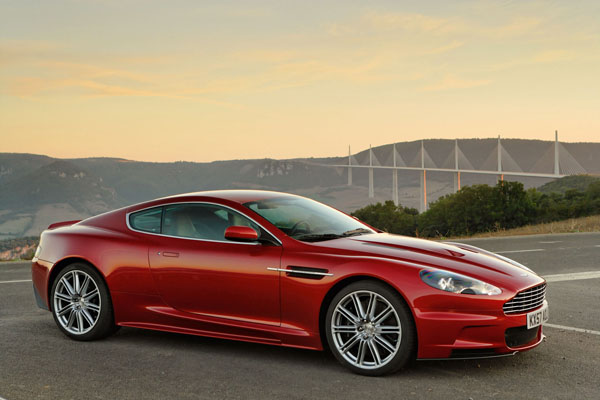The DBS Aston Martin coupe was introduced in 1969 and continued with the same body styling but with minor restyling and mechanical changes until 1989, when it was replaced by the restyled Virage. William Towns designed the body of this car which was first launched with a six-cylinder engine. As its name implies, the DBS V8, fitted with a 5340 cc four-overhead-camshaft V8 engine, followed.
This was the same engine that later powered the Aston Martin Lagonda, a high-tech futuristic design, which was launched in Britain to compete with a host of expensive car models produced by car manufacturers such as Jaguar, Audi, BMW and Mercedes, all of which were powered by either V8 or V12 engines.
The wedge-shaped body of the Lagonda was 60 cm longer than the Aston Martin V8 coupe, though 5 cm narrower. To go with its futuristic styling it had an amazing dashboard for the time, which included touch-sensitive controls and electronically controlled instruments incorporating graphical and digital displays.
When first shown many took it as a concept car and thought it would never take on but it proved so popular when released that it easily outsold the two-door Aston Martin coupes. In an effort to reverse this trend regular, substantial price rises occurred, together with a reduction in specifications.
First versions of the V8 engine had fuel injection but later models used four Weber carburetters. In the higher optioned Vantage form the engine output was of the order of 298 kW which enabled it to achieve a top speed of 275 km/h. The more modest standard version used in the majority of cars produced at that time developed around 224 kW.
By the late 1980s this engine was considered outdated and the Virage replacement launched in 1989 featured a 32-valve engine.
